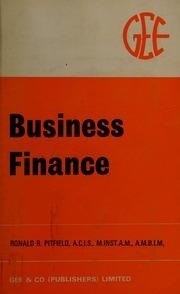Answered step by step
Verified Expert Solution
Question
1 Approved Answer
answer the whole question please 7. Understanding universal Hfe insurance Unlversal life insurance combines elenents from term life insurance and whole life insurance. Term polfies
answer the whole question please 


Step by Step Solution
There are 3 Steps involved in it
Step: 1

Get Instant Access to Expert-Tailored Solutions
See step-by-step solutions with expert insights and AI powered tools for academic success
Step: 2

Step: 3

Ace Your Homework with AI
Get the answers you need in no time with our AI-driven, step-by-step assistance
Get Started


